'Modern Views' exhibition and book, New York
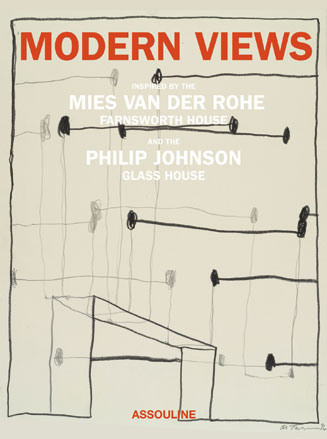
The genius of both Philip Johnson's Glass House and Mies van der Rohe's Farnsworth House has long excited and intrigued the design cognoscenti; disciples of the loosely contemporaneous Modernist glass structures (the Glass House was completed in Connecticut in 1949, while Farnsworth took shape between 1945-51 in Illinois) have revelled in the unspoken dialogue and complex comparisons between both for decades. Now 'Modern Views' - an exhibition with an accompanying book to be auctioned at Sotheby's New York on October 6th - provides a forum for the continued conversation and elevates the status of both buildings - if possible - even higher: the iconic houses have assumed the role of muse for a roll-call of some of the world's most legendary contemporary artists and architects.
One hundred celebrated names in architecture, art, design and landscape architecture have been invited - under the curatorship of the Pulitzer-prize winning Paul Goldberger - to create and donate a work of art accompanied by a short statement that captures the essence of either or both of these much-analysed (and much-photographed) houses.
Goldberger says of the two icons: 'When you have seen them both, you cannot ever think of them as anything but distant architectural cousins, each determined to stand for a set of ideas that are its own, however much there may still be a faint family resemblance. The Glass House, which was finished first in 1949, was designed after Farnsworth House, and Philip Johnson's debt to Mies ven der Rohe is incalculable. But Johnson broke away from Mies even as he pays tribute to him.'
Both houses are now under the care of the National Trust for Historic Preservation, and proceeds from the auction - which hopes to raise $1M - will be directed straight back into the safeguarding of these Modernist masterpieces; 'Modern Views' is part of a year-long initiative to raise funds earmarked for the restoration of the Brick House at the Philip Johnson Glass House and for the restoration and maintenance of the Farnsworth House. Among the contributors are Daniel Libeskind, Richard Rogers, Rafael Vinoly, Richard Meier, Tashiko Mori, Robert Morris, Inigo Manglano-Ovalle, David Adjaye, Tadao Ando, Zaha Hadid and Maarten Baas.
One compelling accompanying statement comes from architect Ronald A. Krueck, who recalls his visit to the self-commissioned Johnson house: '"No one knows what it's like living in a glass house," Edith Farnsworth yelled at me. I was a student walking down the Fox River, and her dog barked, giving away my presence. Her anger startled me and I thought, "Why did she build one?" She lived not only in a glass house but a glass house that would become an icon of twentieth-century architecture.' Still, Krueck was not put off. He concludes: 'Yet the strength of this great piece of architecture survives. It will continue to be visited as a temple, just like the Greek temples of the Acropolis, which were never meant to function other than as homes for the gods.'
On 6th October at Sotheby's, visual artist and filmmaker Sarah Morris will premiere her film 'Points on a Line', which was inspired by both houses. But for those unable to make the auction, the accompanying book, 'Modern Views' delineates the slate of contributors' reflections on these groundbreaking buildings, and as if to underline the homage paid to the houses' brilliance, for the first time, the tome reveals construction drawings and sketches of both. And even, it seems, Mies van der Rohe was surprised by his Modernist triumph. 'You never know how colorful nature is until you're in a glass house,' he said.
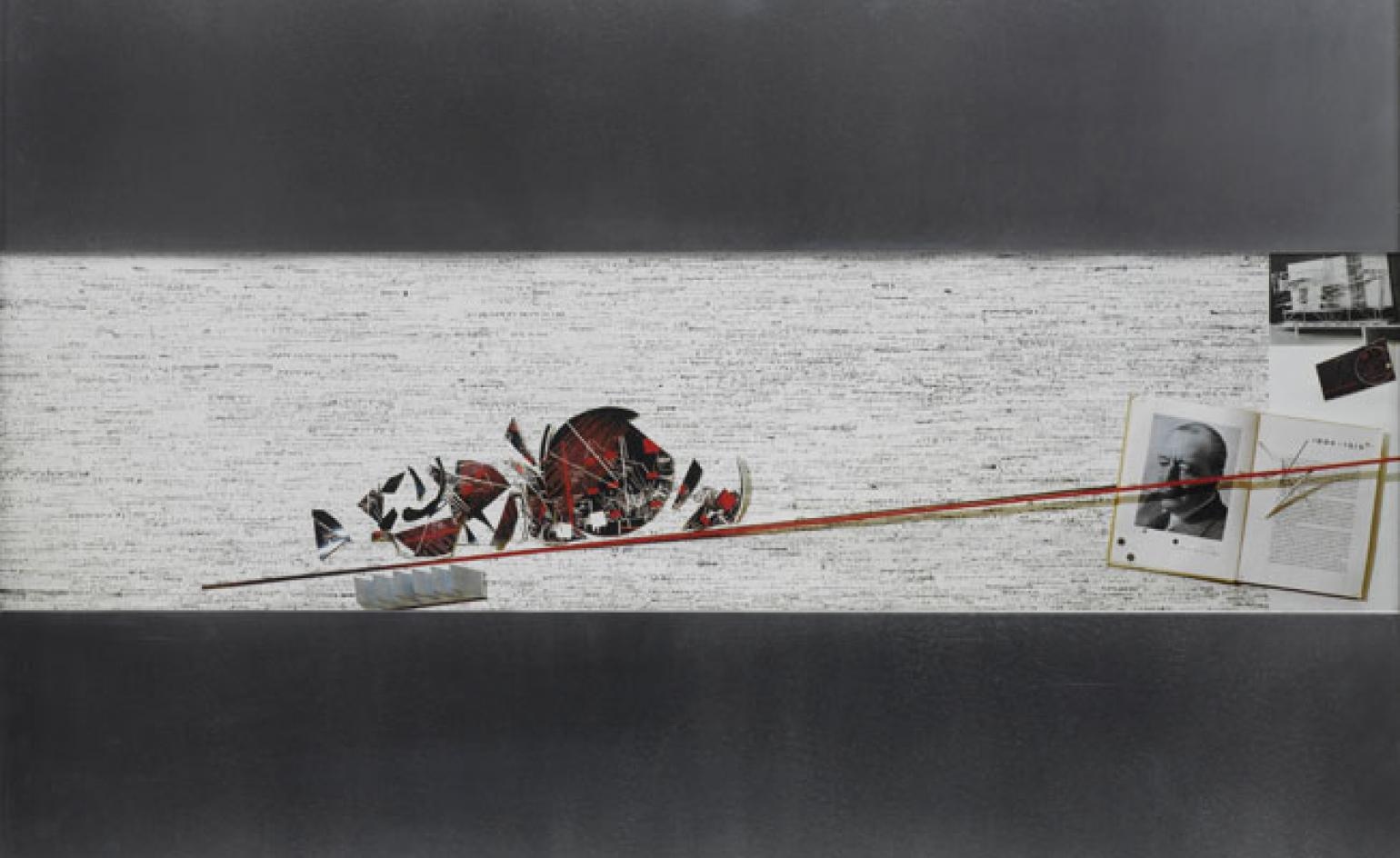
Mies van der Rohe Memorial', 1987 - 2010
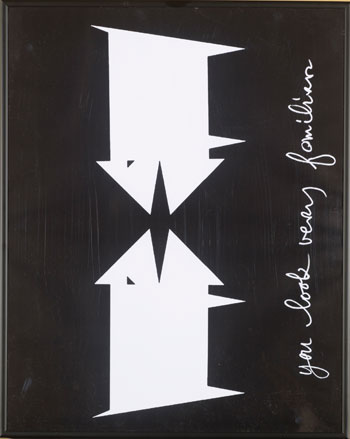
The Farnsworth House Meets the Johnson House', 2010
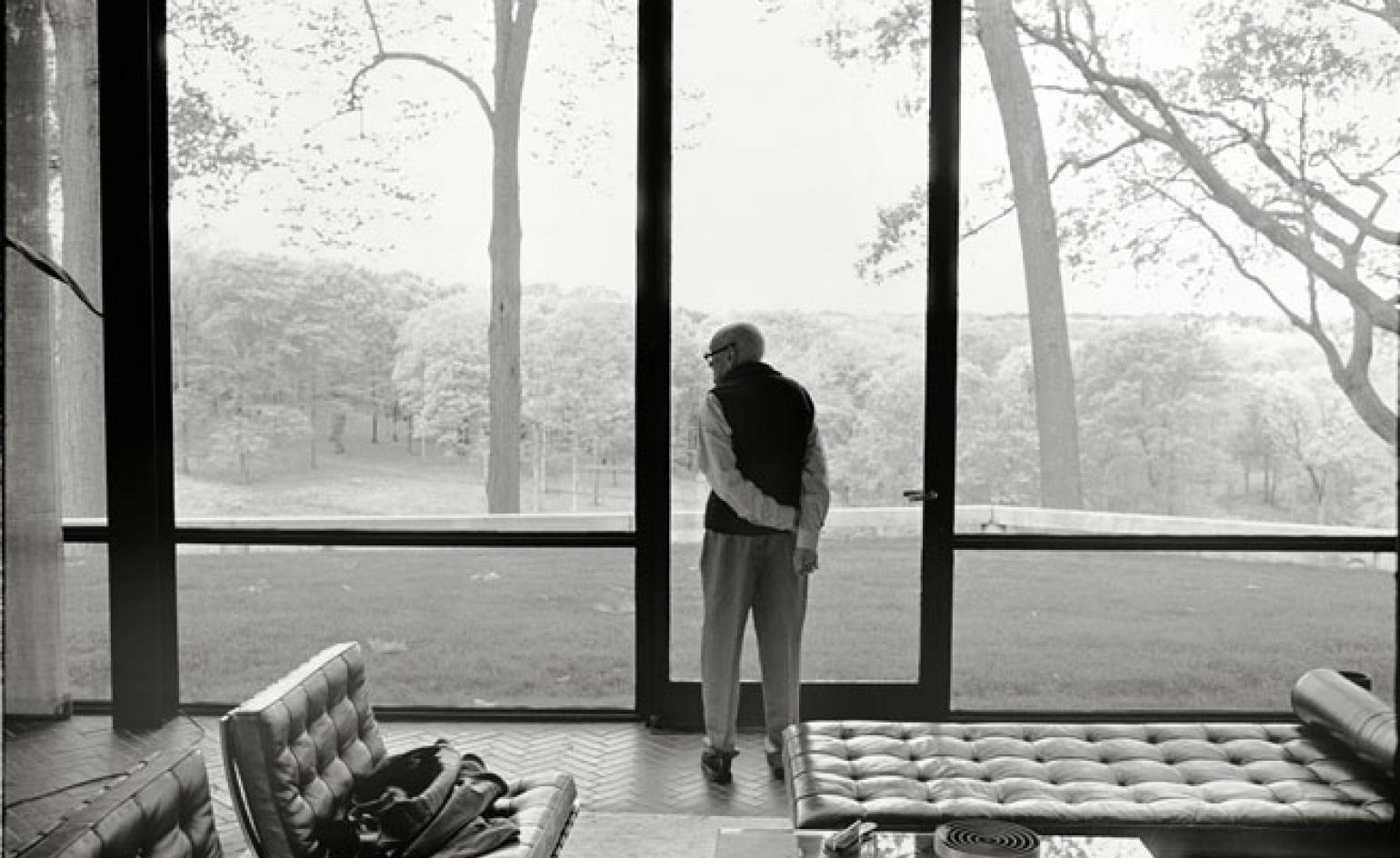
Philip Johnson, the Glass House, New Canaan, Connecticut', 2000, courtesy of the artist
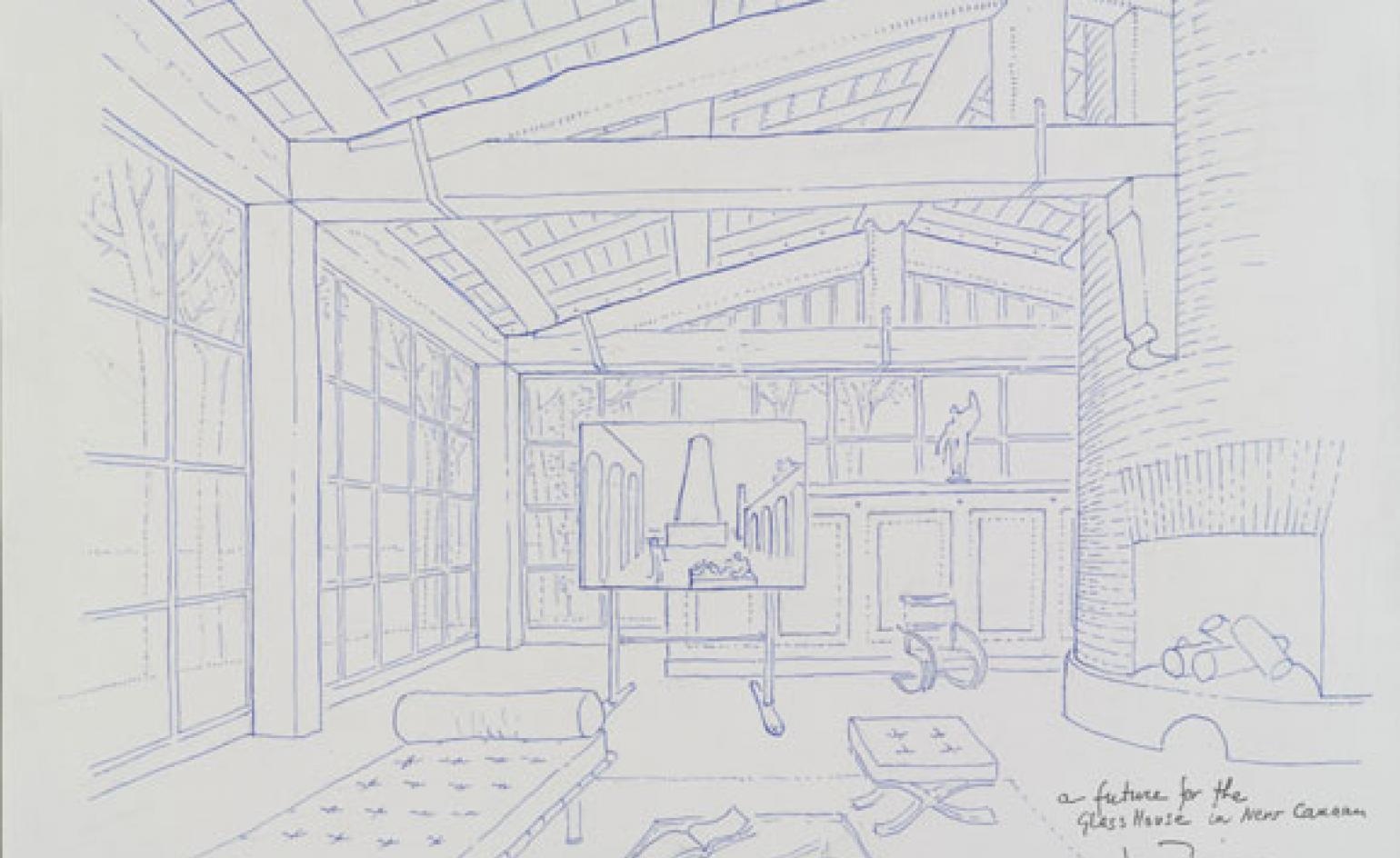
'A Future For the Glass House in New Canaan', 2010
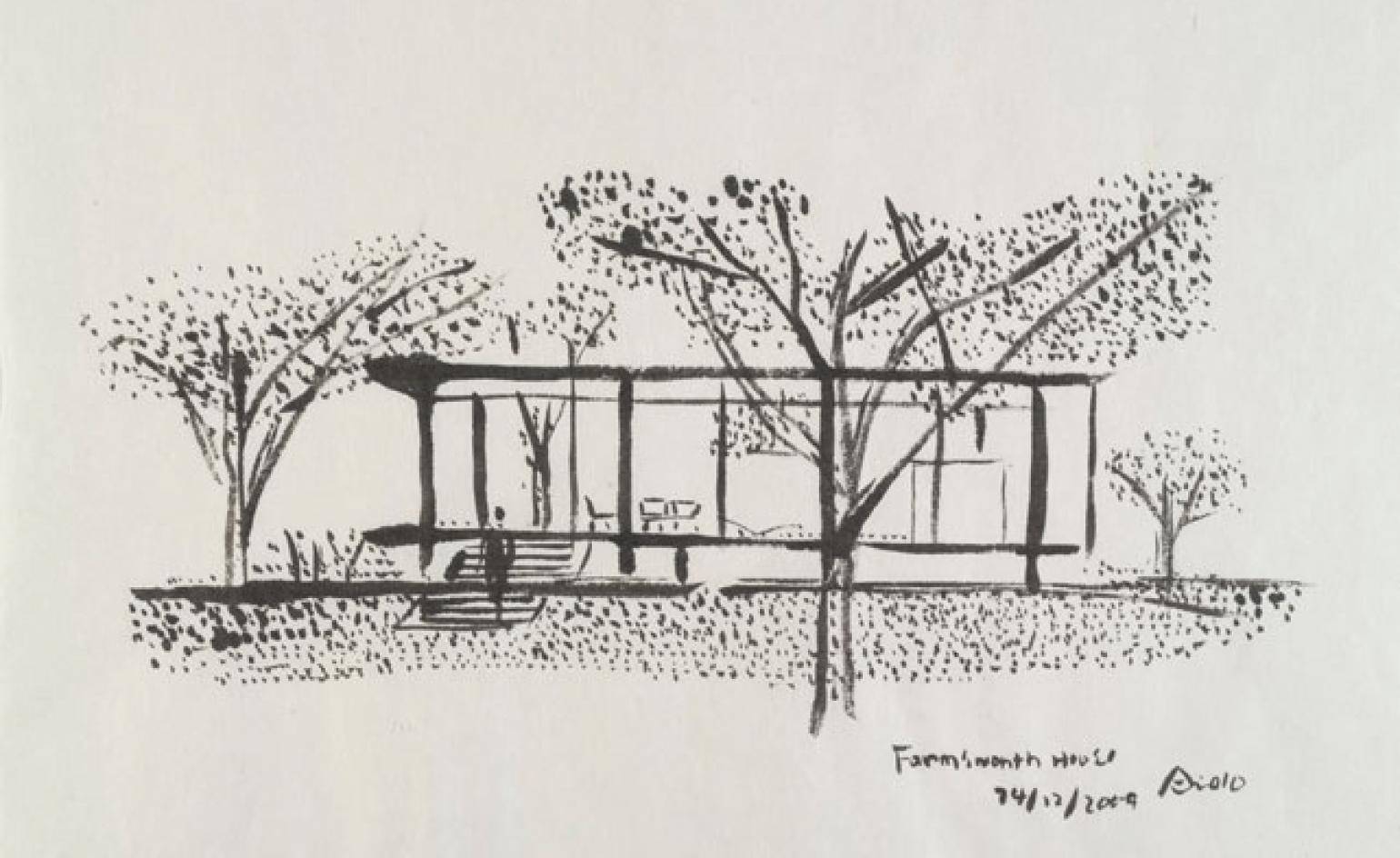
'Farnsworth House', 2009
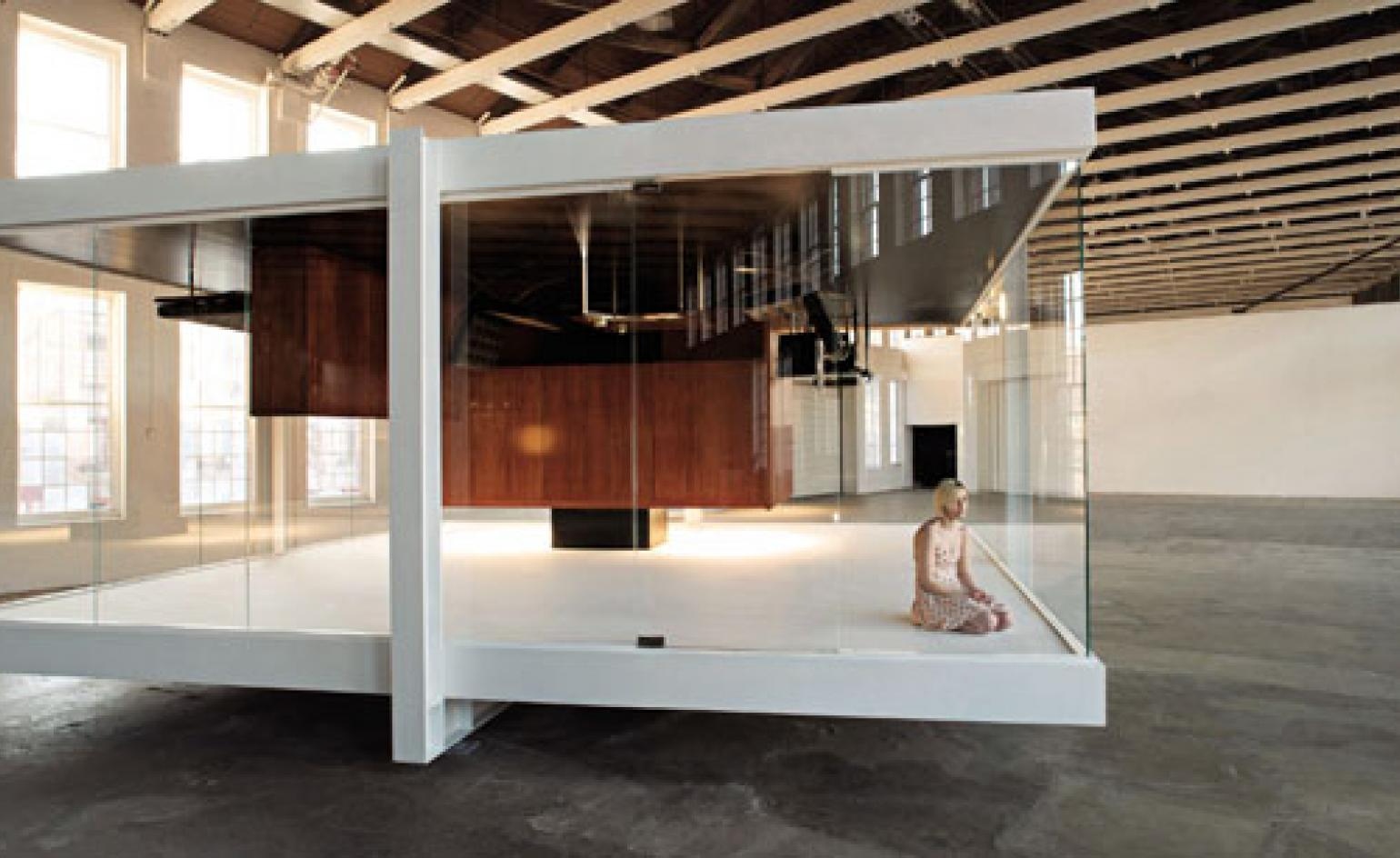
Gravity Is a Force to Be Reckoned With (Untitled Repose)', 2010
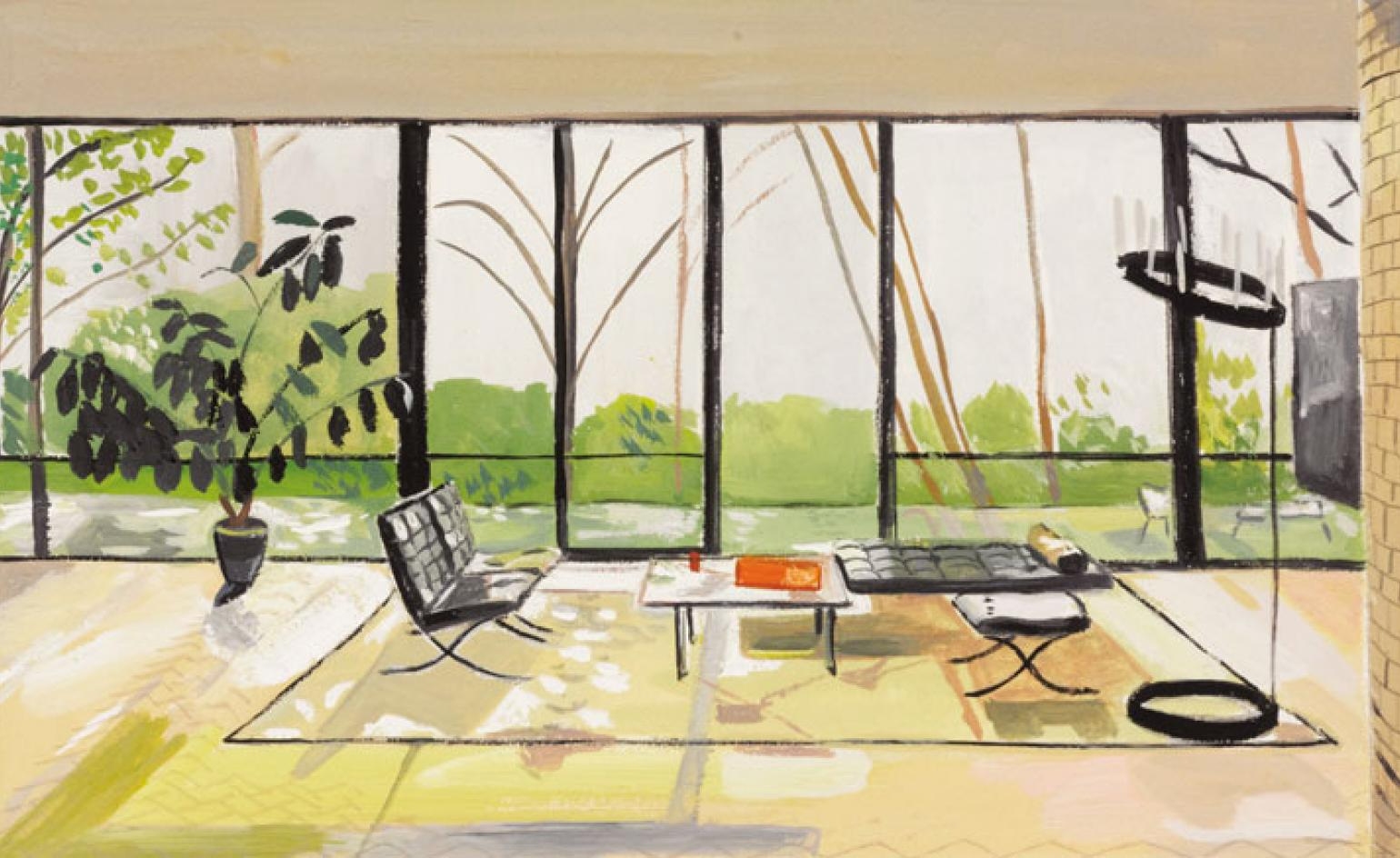
People who live in glass houses...', 2005, and Julie Saul Gallery, New York
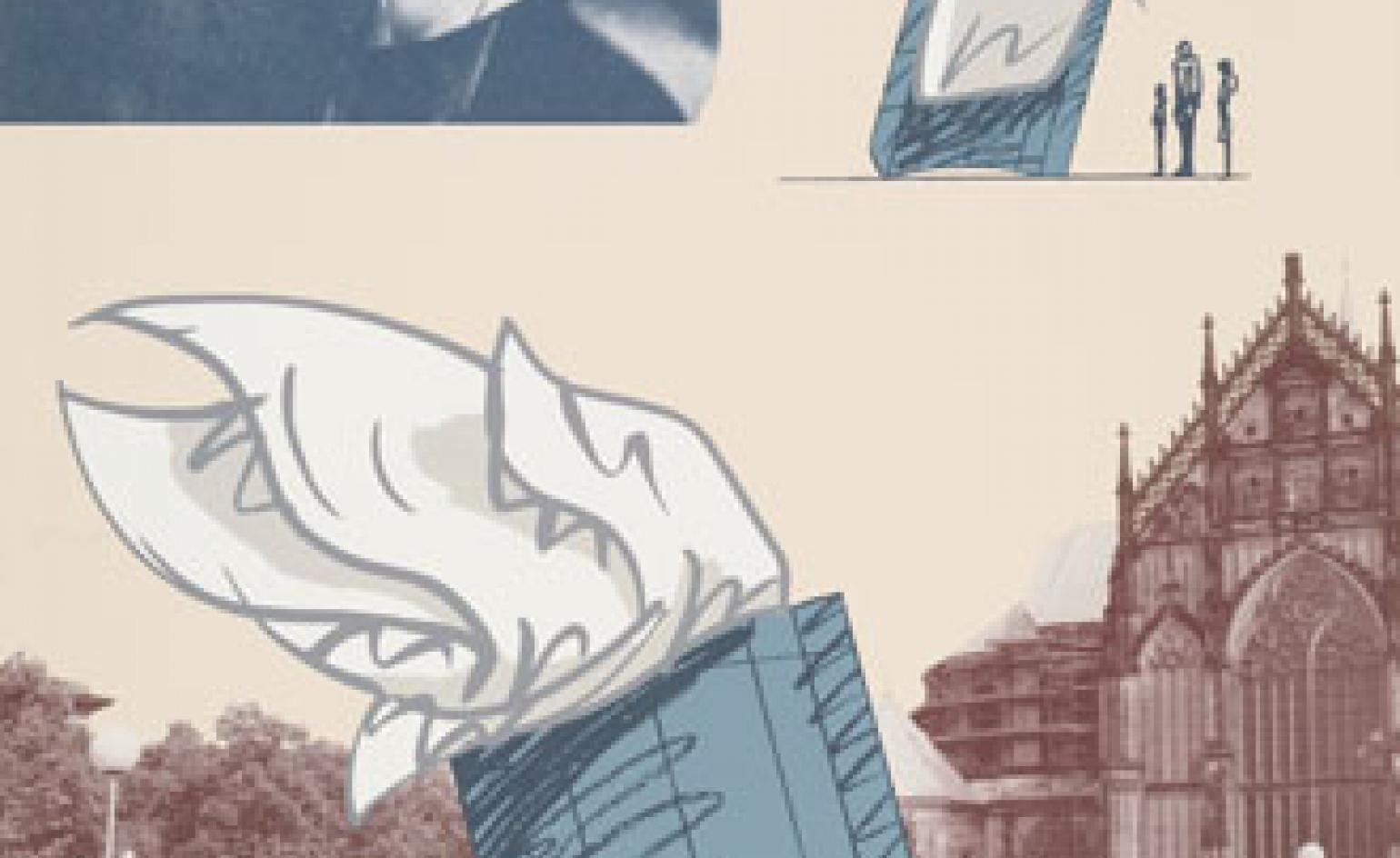
'The Architect's Handkerchief,' 1997, by Oldenburg Claes and Coosje van Bruggen

Modernism USA', 2010
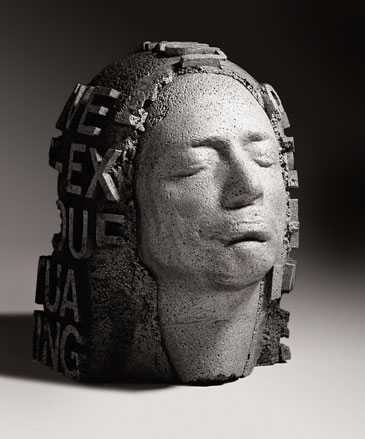
’Anonymous IX’, 2005 and Richard Gray Gallery, Chicago
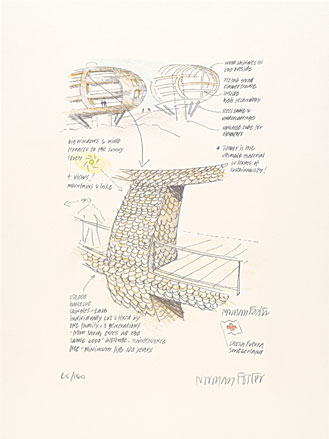
Chesa Futura, St.Moritz, Switzerland', March 2004, by Norman Foster
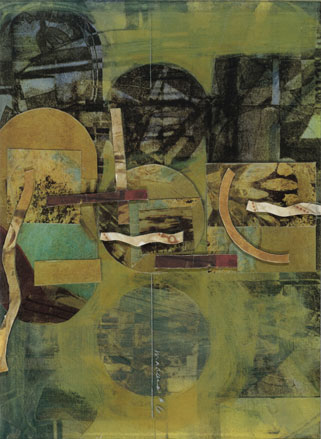
Madama #1,' 2010, by Walter J. Hood
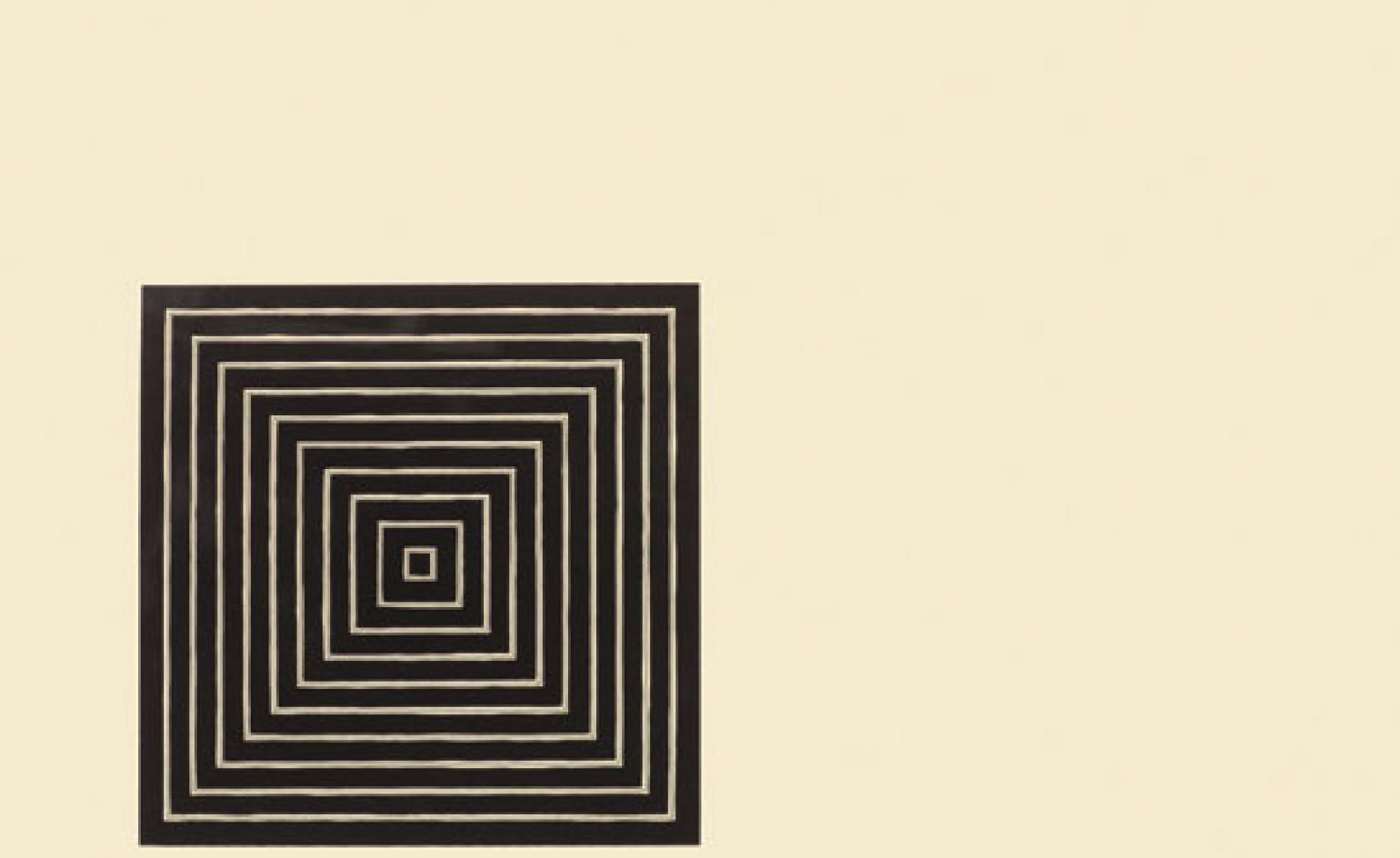
Der Angriff 1971, by Frank Stella
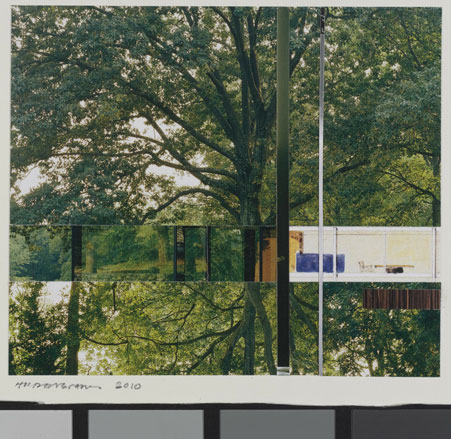
Almost Nothing', 2010, by Gary Hilderbrand, courtesy of the designer
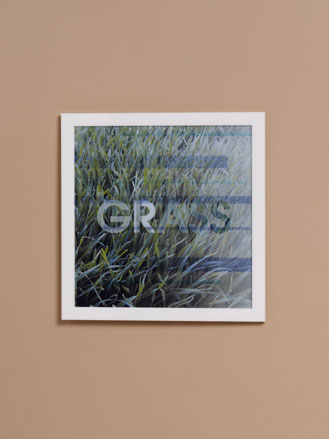
Grass Glass', 2010, by Ken Smith
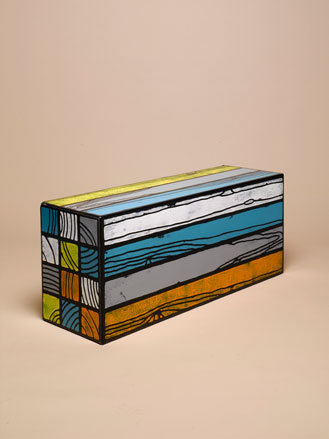
Urban Bus, No.2', 1995, by Mirko Zardini and Lukas Meyer
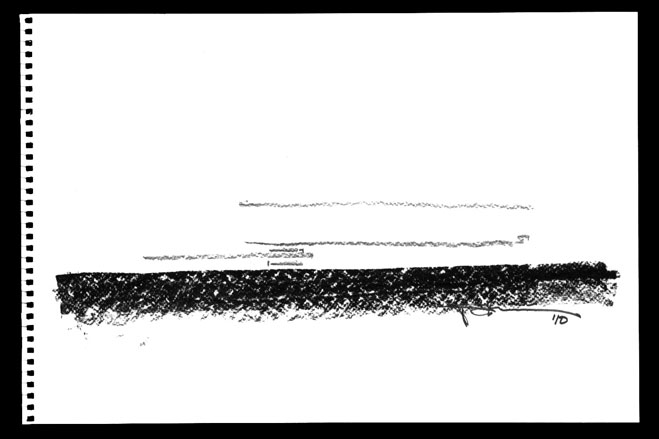
Untitled April 2010
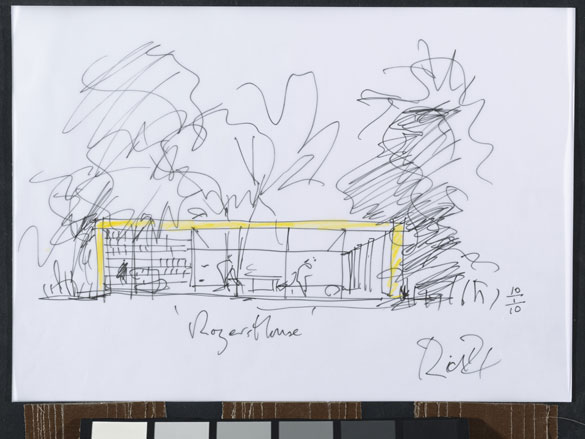
Wimbledon House, Wimbledon, England', 1968-69, courtesy of the architect
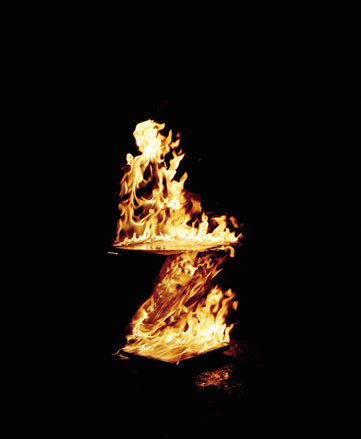
Where There's Smoke' by Maarten Baas, created for Moss New York
Receive our daily digest of inspiration, escapism and design stories from around the world direct to your inbox.
-
 The return of Genghis Cohen: LA’s cult Chinese diner lives on
The return of Genghis Cohen: LA’s cult Chinese diner lives onThe 1980s Chinese-American landmark returns with red booths, neon nostalgia, and a fresh dose of Hollywood eccentricity
-
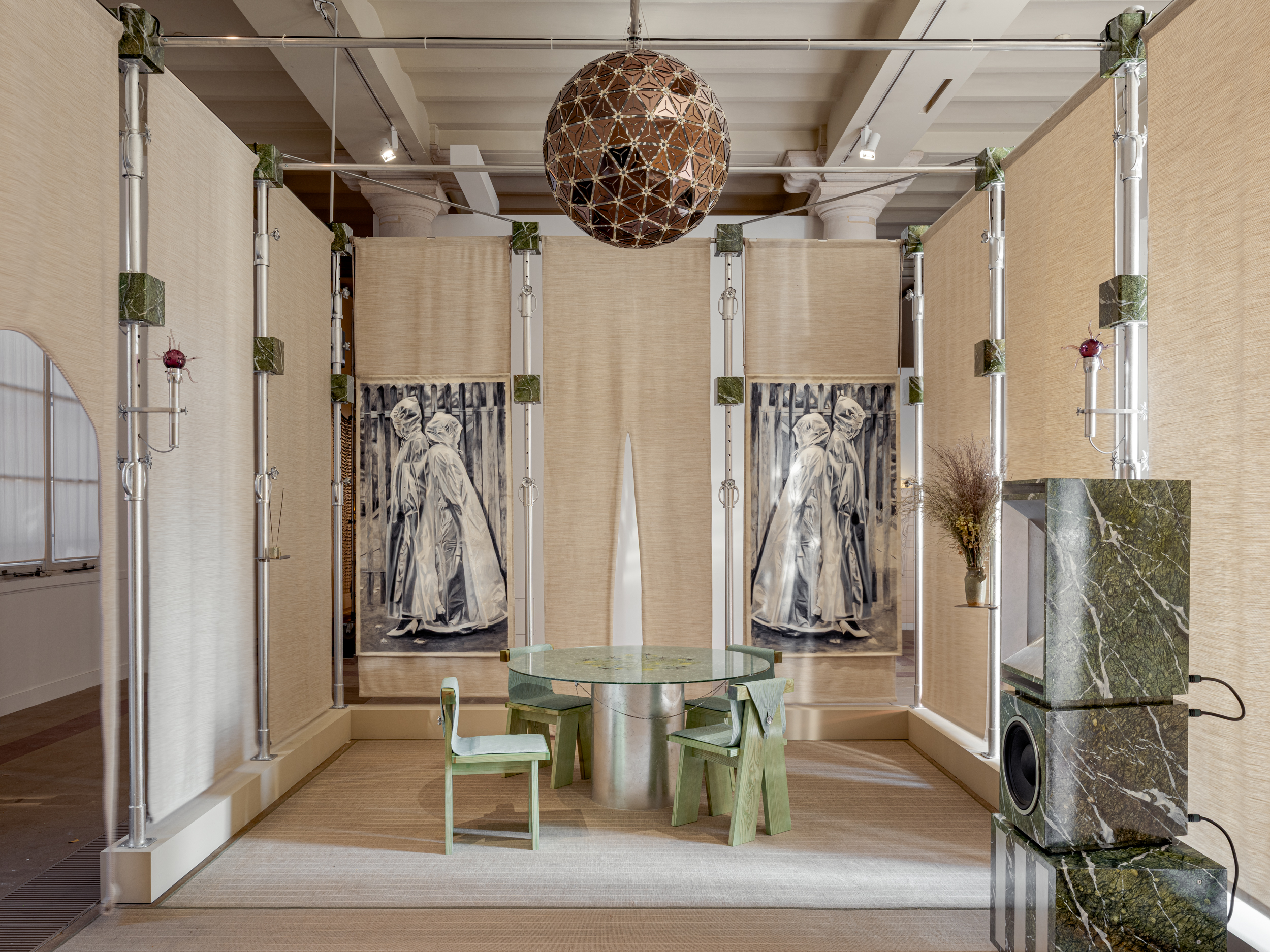 A monumental exhibition of French design revives the spirit of art deco for contemporary times
A monumental exhibition of French design revives the spirit of art deco for contemporary timesThe Galerie des Gobelins hosts the inaugural Salon des Nouveaux Ensembliers, a contemporary movement inspired by art deco’s grand traditions
-
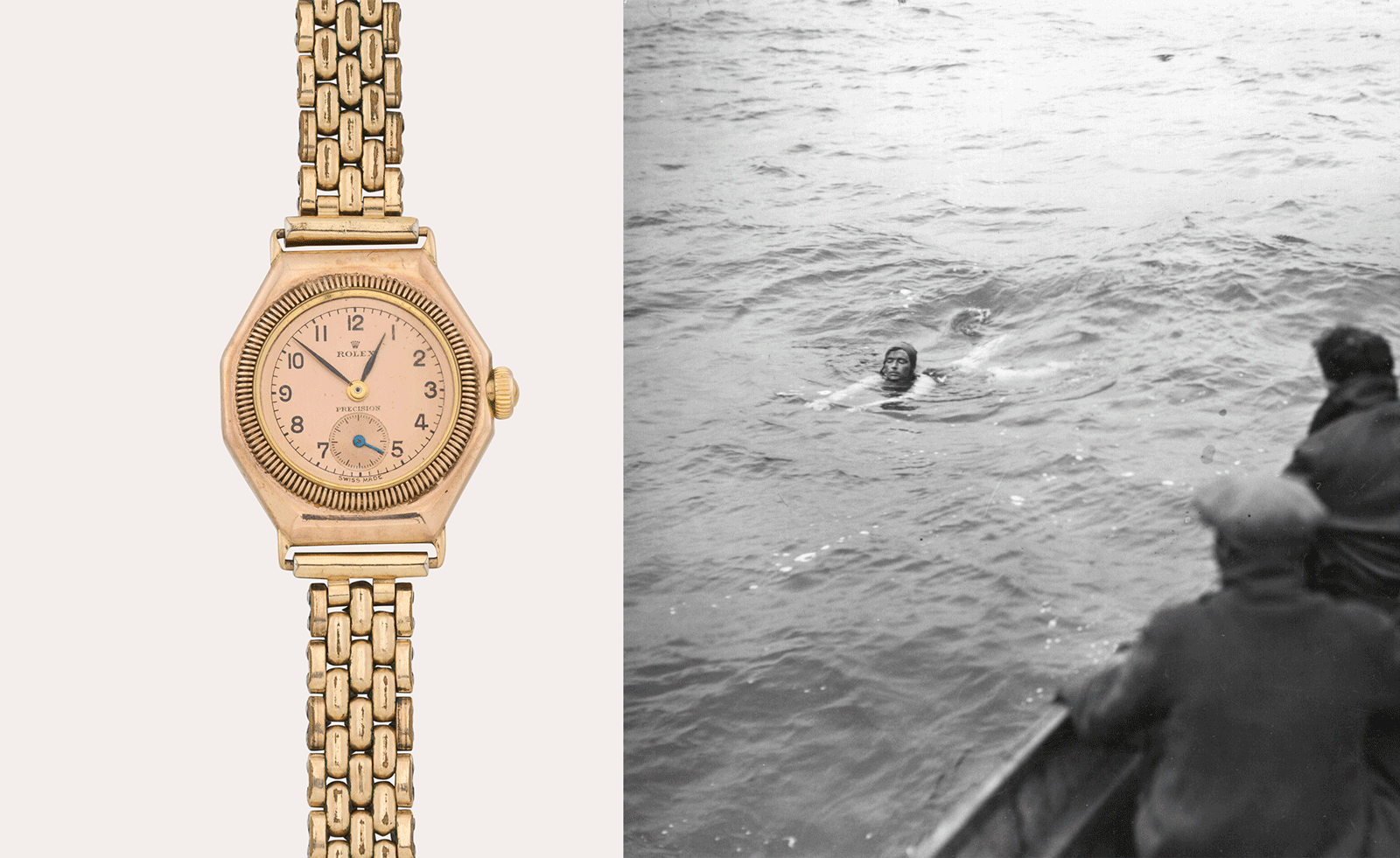 Sotheby’s is auctioning Mercedes Gleitze’s Channel-crossing Rolex
Sotheby’s is auctioning Mercedes Gleitze’s Channel-crossing RolexThe historic Rolex that started the sport-watch synergy is going under the hammer, amidst a contemporary boom in sporty-elegant timepieces
-
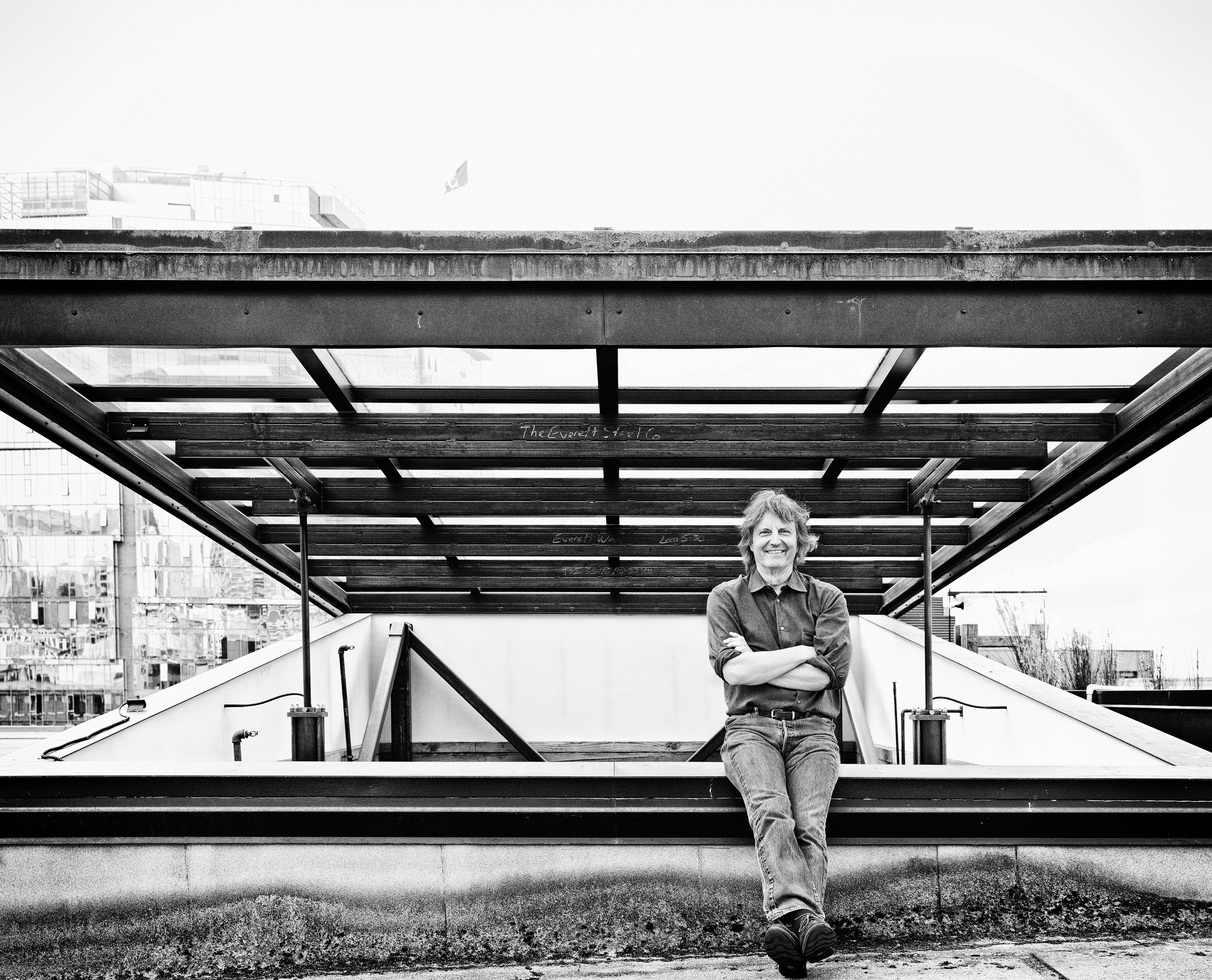 Explore Tom Kundig’s unusual houses, from studios on wheels to cabins slotted into boulders
Explore Tom Kundig’s unusual houses, from studios on wheels to cabins slotted into bouldersThe American architect’s entire residential portfolio is the subject of a comprehensive new book, ‘Tom Kundig: Complete Houses’
-
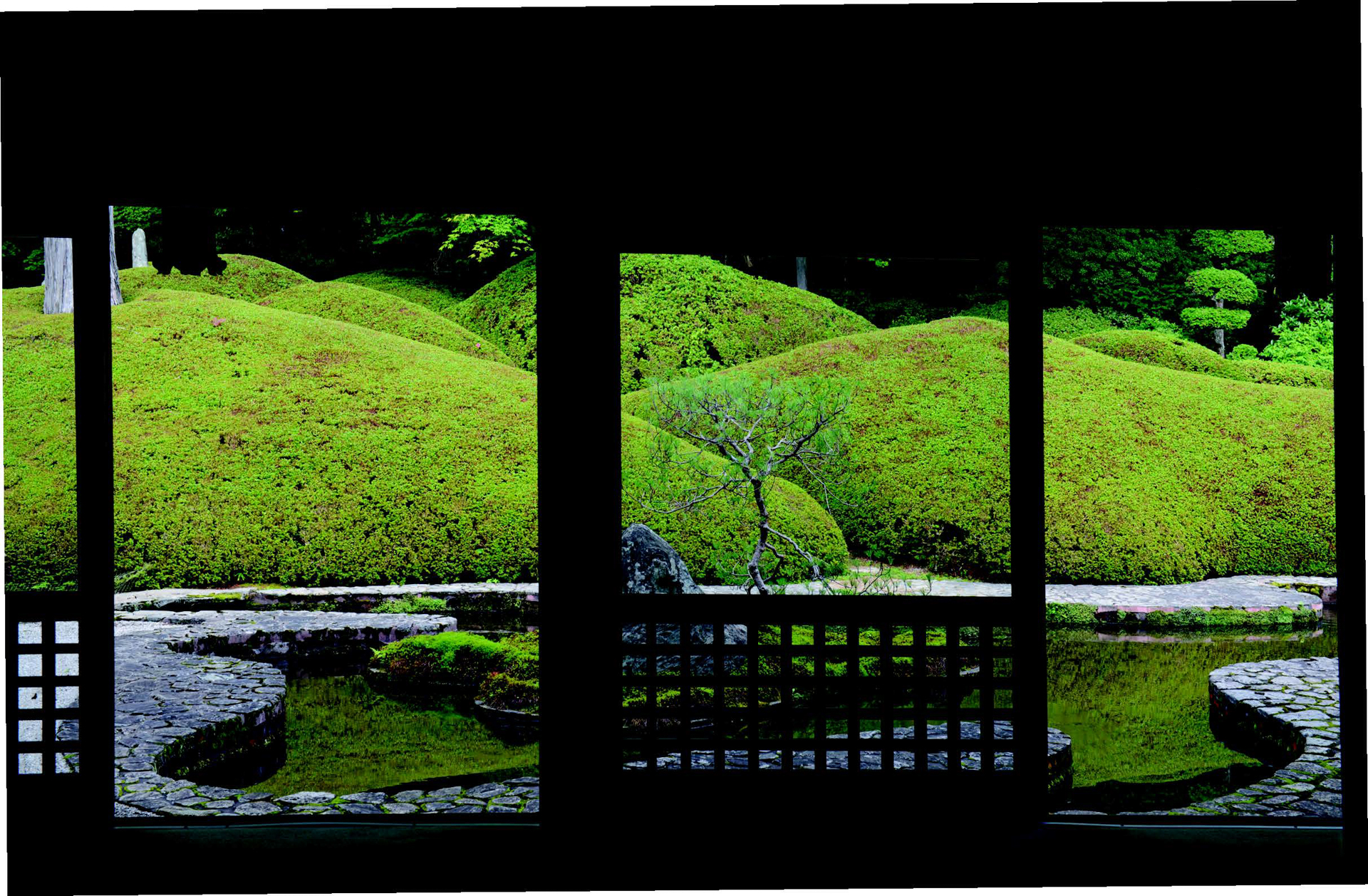 A new photo book explores the symbolic beauty of the Japanese garden
A new photo book explores the symbolic beauty of the Japanese garden‘Modern Japanese Gardens’ from Thames & Hudson traces the 20th-century evolution of these serene spaces, where every element has a purpose
-
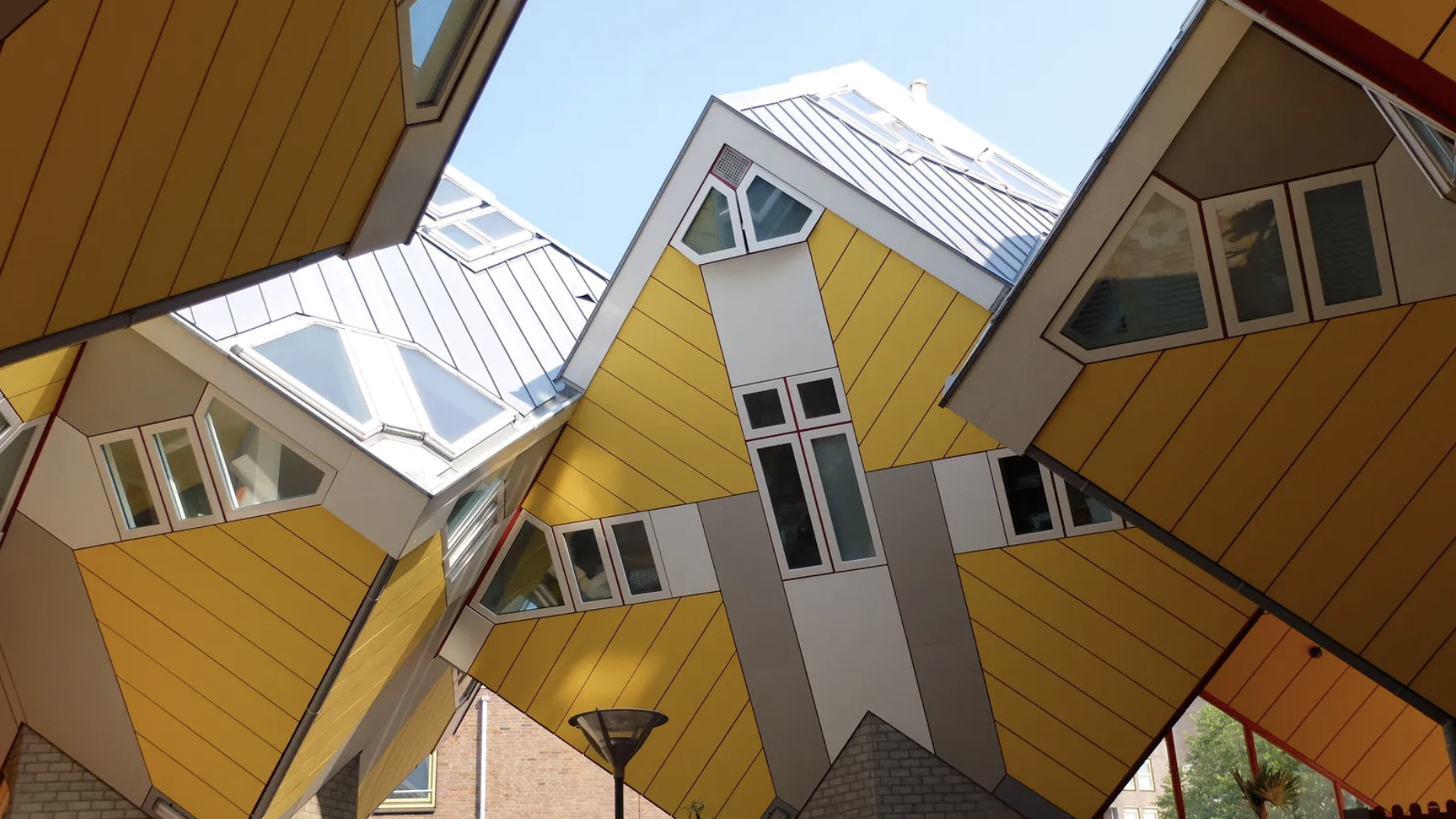 Modernist Travel Guide: a handy companion to explore modernism across the globe
Modernist Travel Guide: a handy companion to explore modernism across the globe‘Modernist Travel Guide’, a handy new pocket-sized book for travel lovers and modernist architecture fans, comes courtesy of Wallpaper* contributor Adam Štěch and his passion for modernism
-
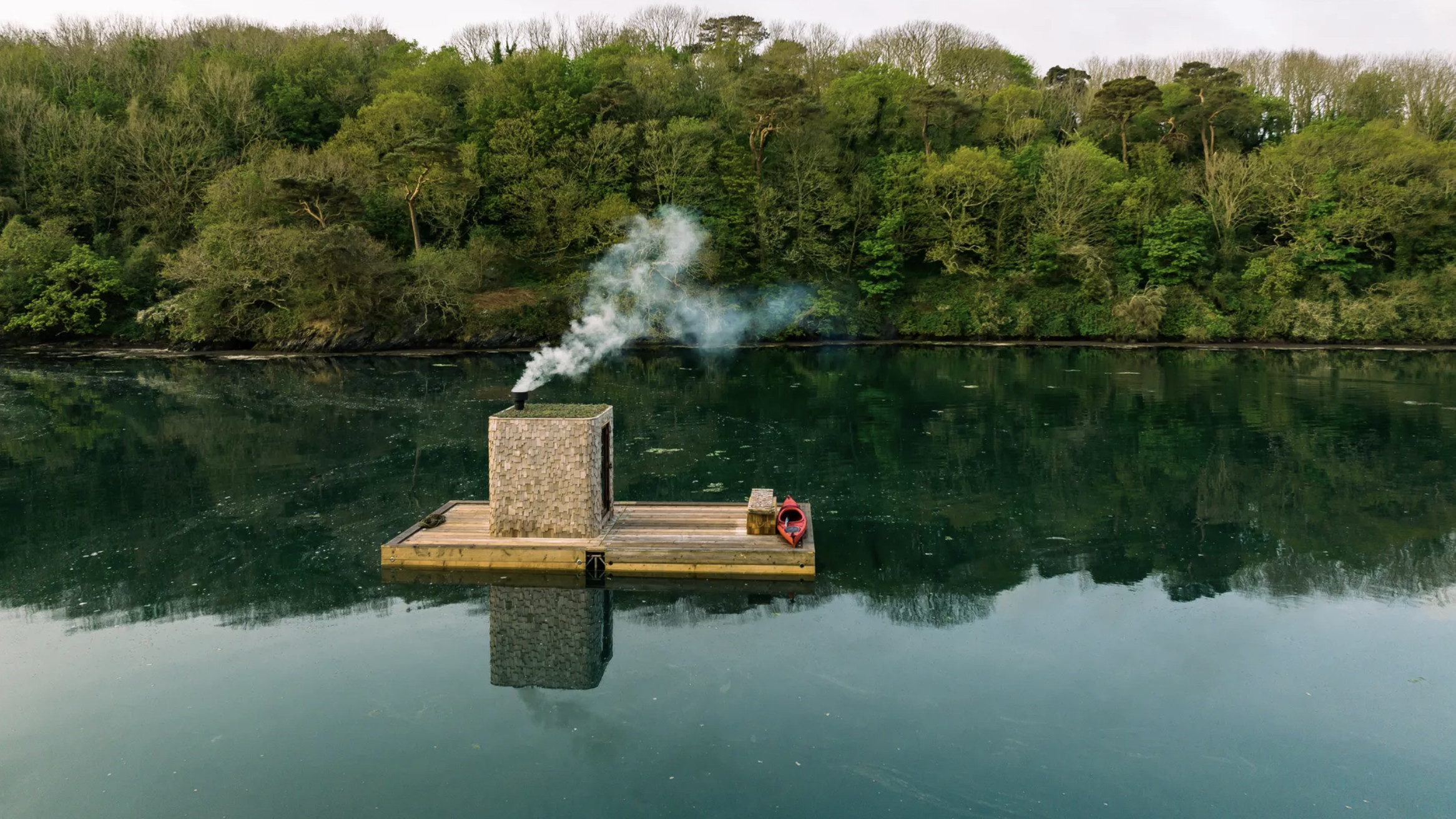 Wild sauna, anyone? The ultimate guide to exploring deep heat in the UK outdoors
Wild sauna, anyone? The ultimate guide to exploring deep heat in the UK outdoors‘Wild Sauna’, a new book exploring the finest outdoor establishments for the ultimate deep-heat experience in the UK, has hit the shelves; we find out more about the growing trend
-
 Ten contemporary homes that are pushing the boundaries of architecture
Ten contemporary homes that are pushing the boundaries of architectureA new book detailing 59 visually intriguing and technologically impressive contemporary houses shines a light on how architecture is evolving
-
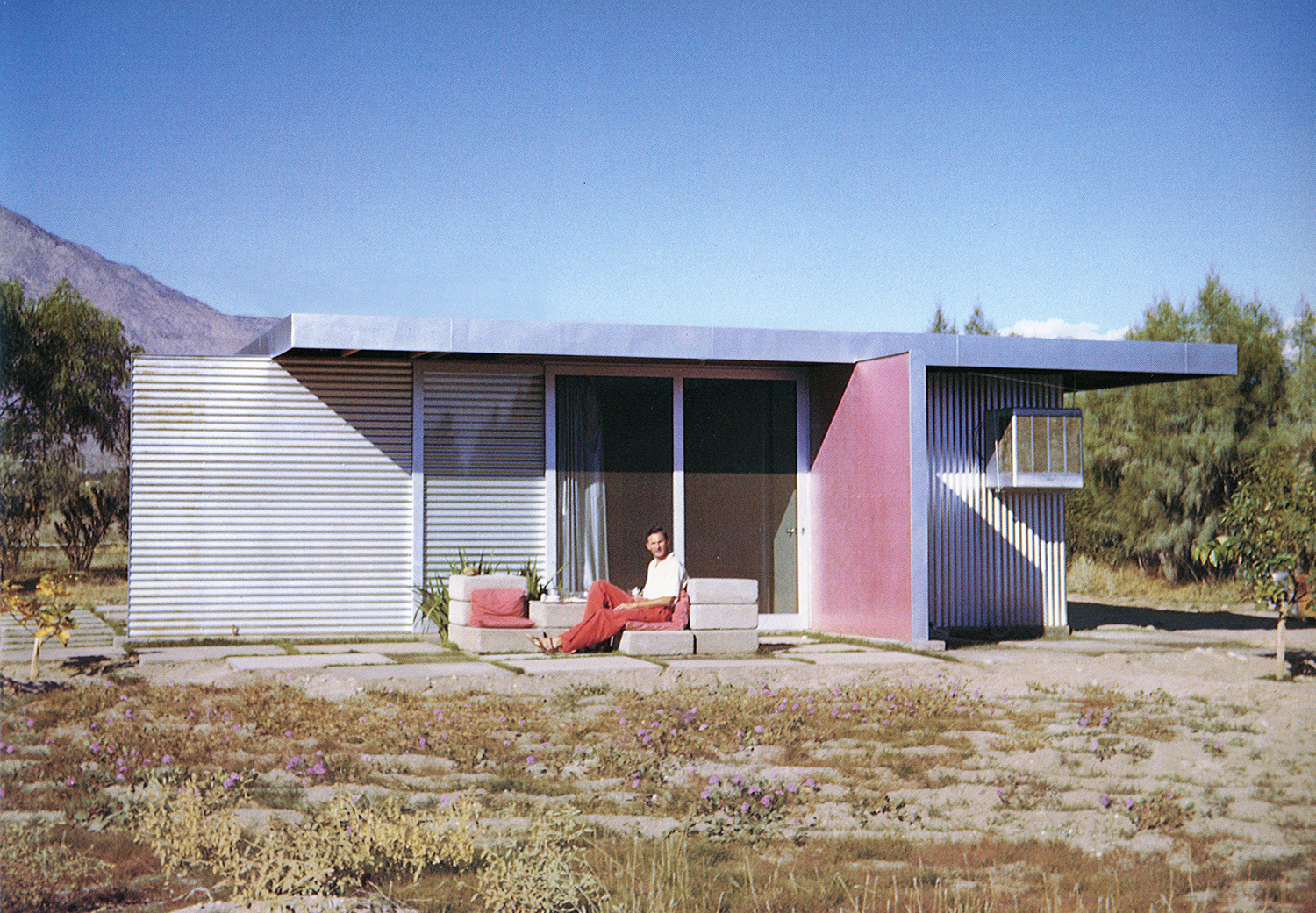 Take a deep dive into The Palm Springs School ahead of the region’s Modernism Week
Take a deep dive into The Palm Springs School ahead of the region’s Modernism WeekNew book ‘The Palm Springs School: Desert Modernism 1934-1975’ is the ultimate guide to exploring the midcentury gems of California, during Palm Springs Modernism Week 2025 and beyond
-
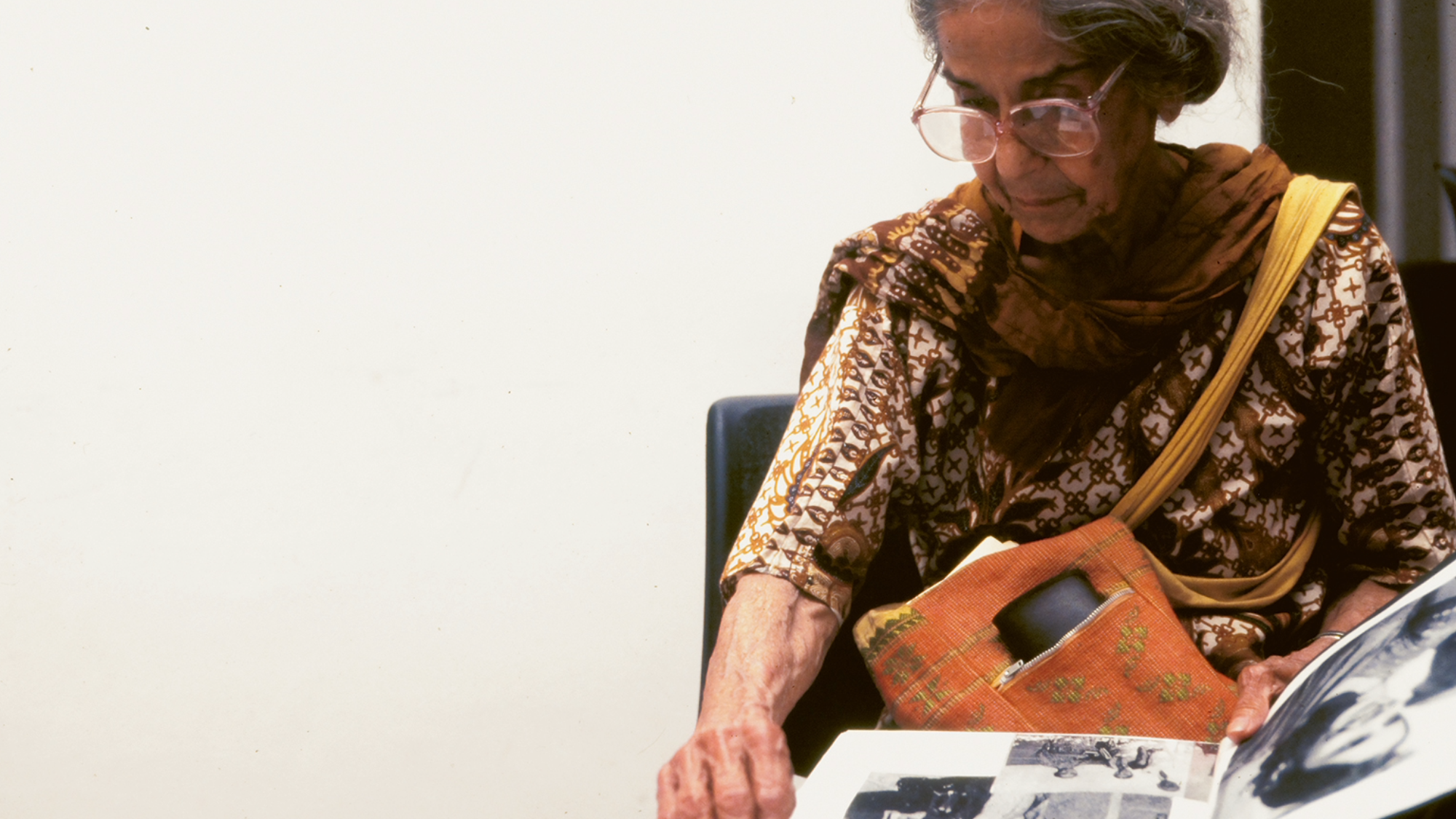 Meet Minnette de Silva, the trailblazing Sri Lankan modernist architect
Meet Minnette de Silva, the trailblazing Sri Lankan modernist architectSri Lankan architect Minnette de Silva is celebrated in a new book by author Anooradha Iyer Siddiq, who looks into the modernist's work at the intersection of ecology, heritage and craftsmanship
-
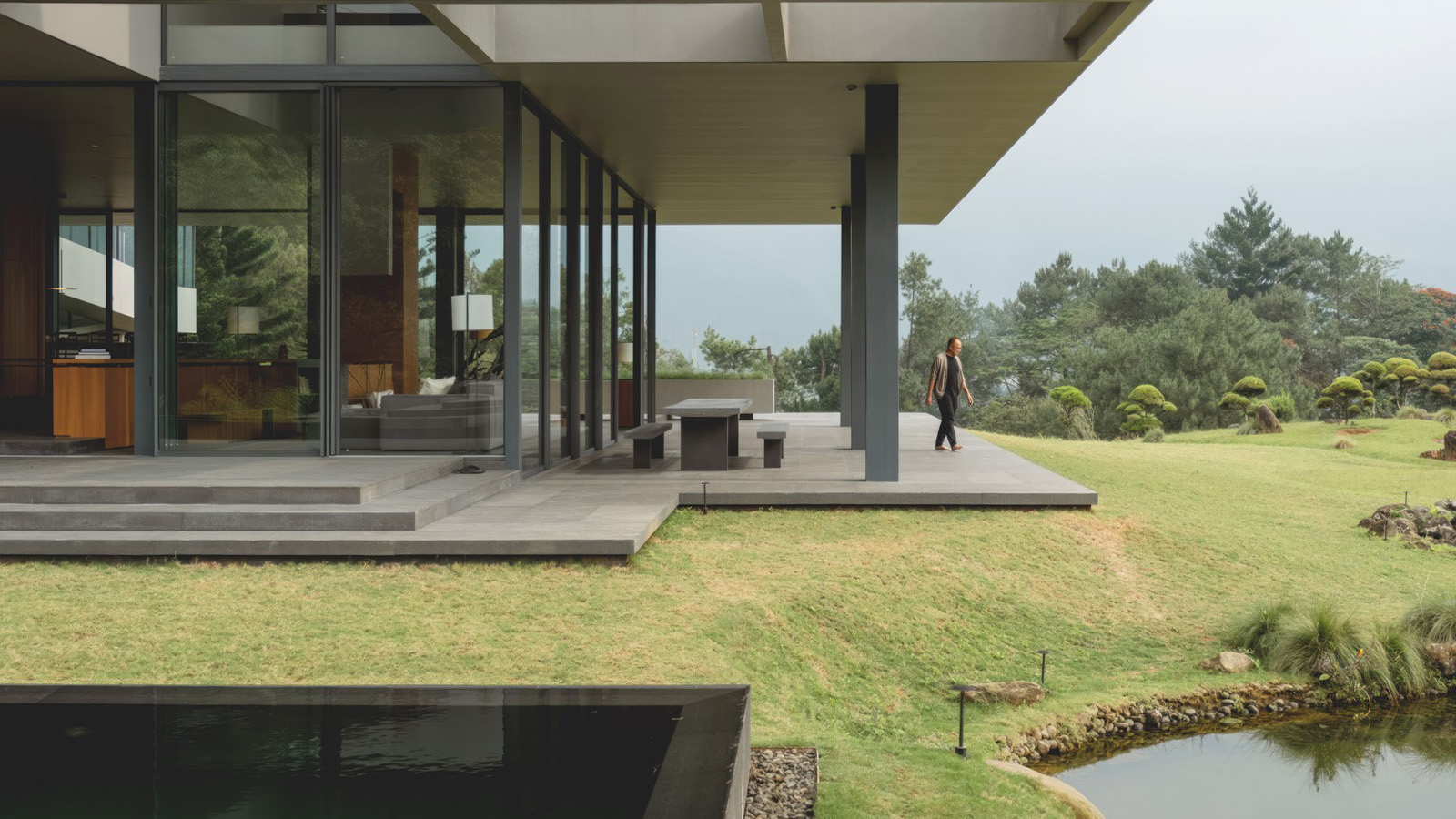 'Tropicality' explored in Indonesian architect Andra Matin’s first monograph
'Tropicality' explored in Indonesian architect Andra Matin’s first monograph'Tropicality' is a key theme in a new book on Indonesian architect Andra Matin, whose work blends landscape, architecture and living